Shochu (焼酎) is Japan’s quietly iconic distilled spirit less internationally known than sake, yet consumed more widely across the country.
Particularly beloved in Kyushu and Okinawa, shochu offers a remarkably diverse range of flavors, ingredients, and drinking styles.
With a lower alcohol content than whiskey or vodka and a deeper cultural heritage than many modern spirits, shochu is a drink rooted in regional pride.

A Quick Definition: What Is Shochu?
Shochu is a Japanese distilled liquor, typically with an alcohol content between 20–25%, although some types may go higher or lower. Unlike sake (which is brewed), shochu is distilled, placing it closer to spirits like whiskey or rum.
There are two main categories of shochu:
| Type | Distillation | Flavor Profile | Typical Uses | ABV Range | Example Brands |
|---|---|---|---|---|---|
| Honkaku (本格焼酎) | Single distillation | Retains base ingredient flavor | Sipping, food pairing | 20–25% | Iichiko, Satsuma Shiranami |
| Korui (甲類焼酎) | Multiple distillations | Neutral, clean | Cocktails, chuhai | ~25% | Jōku, Jōsen |
The Art of Fermentation: Koji, Shochu’s Secret Ingredient
One of shochu’s defining features is koji mold a fermentation agent unique to Japanese food culture. Koji plays the same foundational role in making soy sauce, miso, and mirin and it's what gives shochu its deep umami richness.
- White Koji (shiro koji): Light, floral, and easy-drinking.
- Black Koji (kuro koji): Deep, earthy, ideal for bold flavors like sweet potato.
- Yellow Koji (ki koji): Traditionally used in sake, offering delicate fruity notes.
Compared to yeast-only fermentation in vodka or malting in whiskey, koji unlocks more complex sugars and flavor compounds making shochu more aromatic and textured.

Types of Shochu: Flavor by Ingredient
- Sweet Potato (Imo) – Rich, earthy, and full-bodied. Popular in Kagoshima.
- Barley (Mugi) – Smooth, nutty, and versatile. Often aged.
- Rice (Kome) – Clean, slightly sweet, delicate and aromatic.
- Brown Sugar (Kokutō) – Made only in Amami, mellow and sweet.
- Buckwheat (Soba) – Nutty and slightly bitter.
Shochu Regions and Geographical Indications (GIs)
Japan protects several shochu styles under geographical indications, much like France does for Champagne. These include:
- Satsuma Shochu (Kagoshima) – Made with sweet potato, bold and earthy.
- Iki Shochu (Nagasaki) – Barley-based, with a soft and rounded profile.
- Kuma Shochu (Kumamoto) – Made from rice and pristine groundwater.
- Amami Kokutō Shochu – The only brown sugar shochu allowed under GI rules.
Shochu vs. Other Spirits: What Makes It Unique?
| Compared With | Key Differences |
|---|---|
| Sake | Brewed, sweeter, higher in sugar and calories, less shelf-stable after opening. |
| Soju | Often sweeter, lower in ABV (~16–20%), mass-produced, shochu tends to be artisanal and regionally distinctive. |
| Vodka | Neutral taste, multiple distillation, shochu is typically single-distilled and retains flavor from ingredients. |
| Whiskey | Higher ABV, oak-aged, shochu is lighter, easier to pair with food, and more diverse in ingredients. |
How to Drink Shochu: Rituals and Modern Trends
- On the rocks (rokku) – Classic for mugi or kome shochu.
- With water (mizuwari) – Refreshing and sessionable.
- With hot water (oyuwari) – Traditional in Kyushu. Pour hot water first and then shochu.
- Straight – Best for aged or high-quality expressions.
- With soda (chuhai) – Crisp and modern. Widely popular.
- With oolong tea (oolong-wari) – A Tokyo favorite in izakayas.
Shochu is also appearing in craft cocktails and seasonal menus in Japan and abroad.
Shochu and Food Pairing: An Izakaya Essential
- Imo Shochu → Grilled meats, yakitori, rich miso dishes
- Mugi Shochu → Tempura, fried chicken
- Kome Shochu → Sushi, sashimi, tofu
- Brown Sugar Shochu → Spicy foods, desserts
Health and Lifestyle: Why Shochu Is Gaining Attention
- Lower in sugar and carbs than beer or sake
- Gluten-free when made from rice, sweet potato, or buckwheat
- Lower in calories per serving than wine or spirits
- Popular in health-conscious regions like Okinawa
Where to Buy Shochu: In Japan and Abroad
In Japan, find shochu in convenience stores, supermarkets, liquor shops, and shochu-specialty stores like Oboro Saketen. Top brands include:
- Iichiko – Mild, barley-based, ideal for newcomers
- Satsuma Shiranami – Classic sweet potato shochu
- Toyonaga Gura – Organic rice-based shochu
Abroad, look for shochu at Asian markets, online retailers, or Japanese bars and restaurants.
Quick Timeline: Shochu Through the Ages
- 1559 – First graffiti reference to shochu found in Kagoshima
- 1600s–1800s – Distilling methods spread across southern Japan
- 1900s – Korui shochu gains mass popularity
- 2000s – Honkaku shochu granted GI protection
- 2020s – Shochu gains global attention in cocktail culture
Mythbusters: Shochu Misconceptions
Q: Is shochu just Japanese vodka?
A: No. Shochu is single-distilled, ingredient-forward, and uses koji mold. It’s much more expressive in flavor.
Q: Is shochu the same as soju?
A: No. Shochu is generally stronger, less sweet, and more regionally specific than Korean soju.
Q: Does shochu give fewer hangovers?
A: Possibly. It has fewer congeners and sugars, but moderation is still key.
Final Thoughts
Whether you’re sipping it straight, mixing a highball, or exploring its rich history, shochu offers an authentic, approachable, and deeply rewarding journey into Japanese drinking culture.


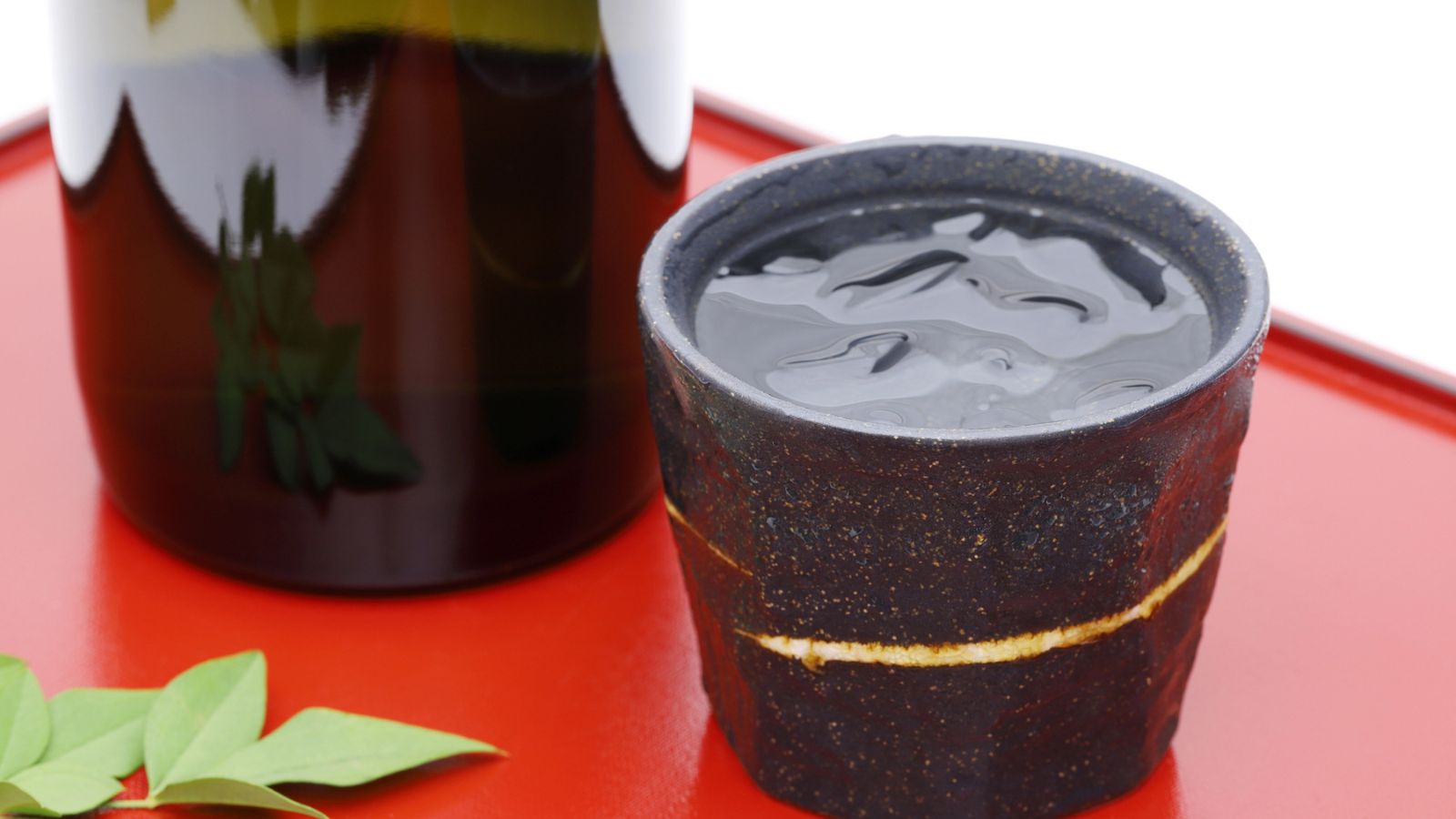

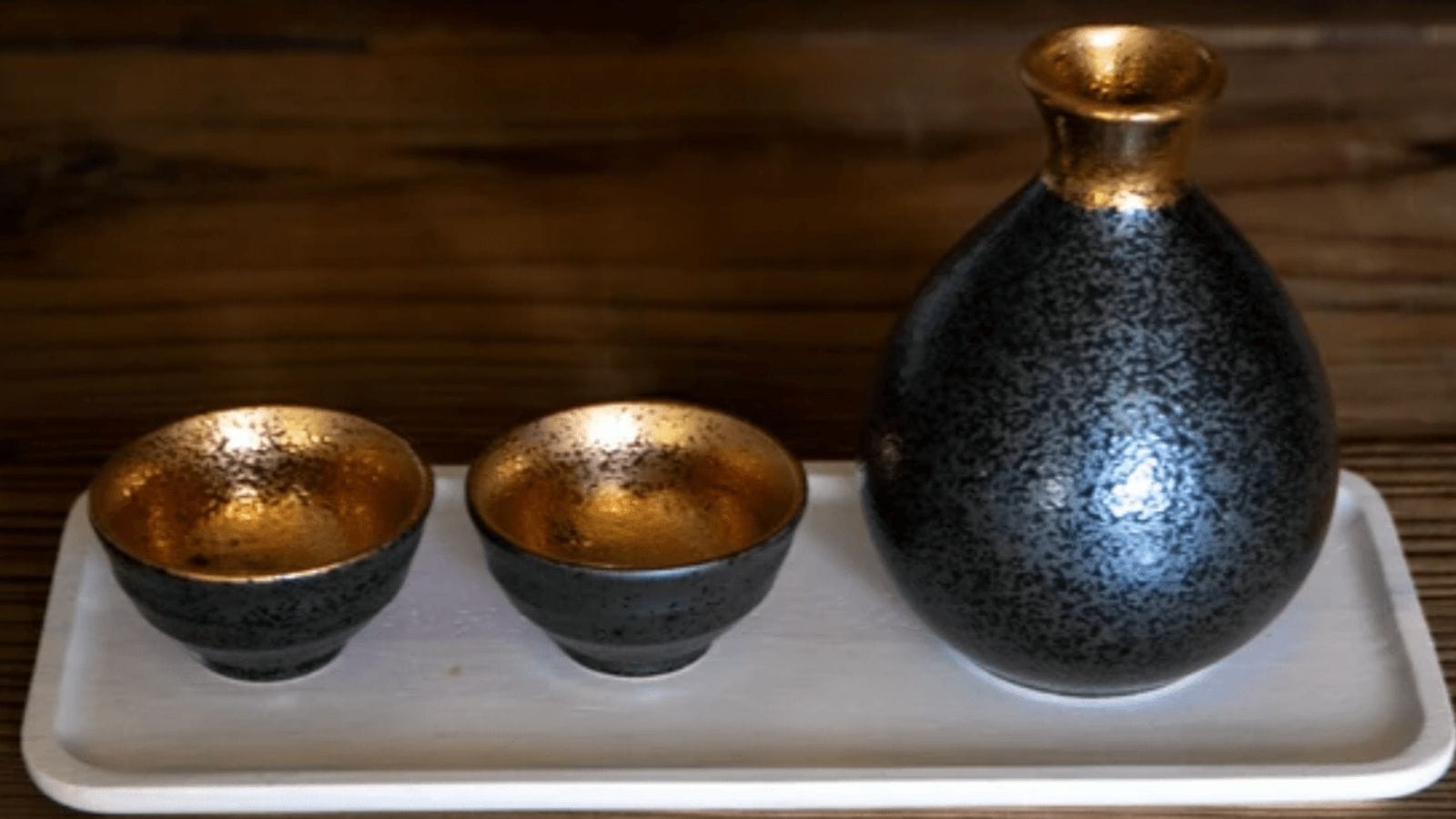
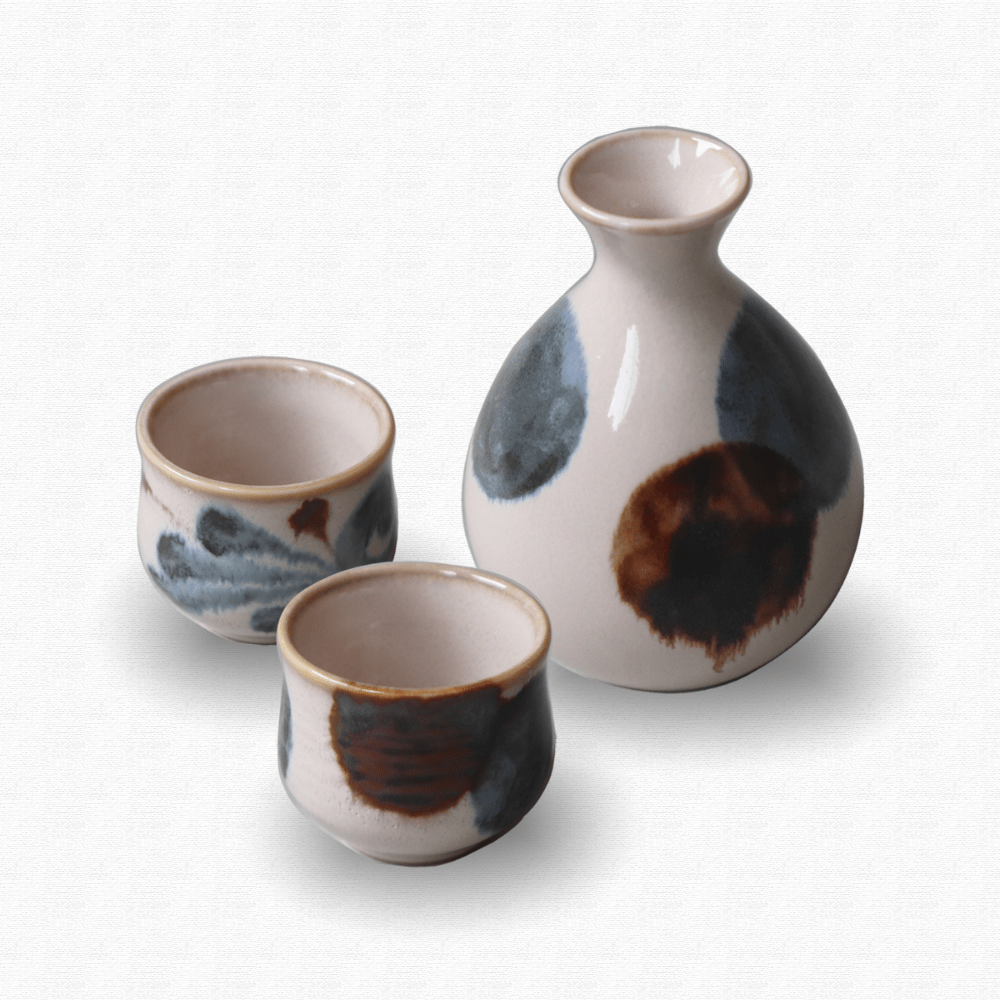
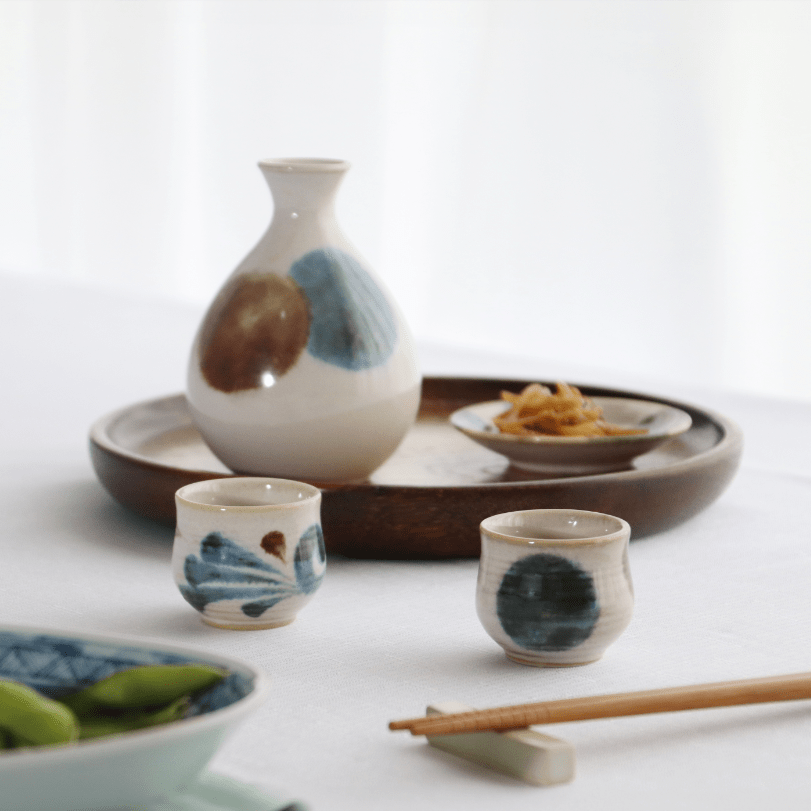
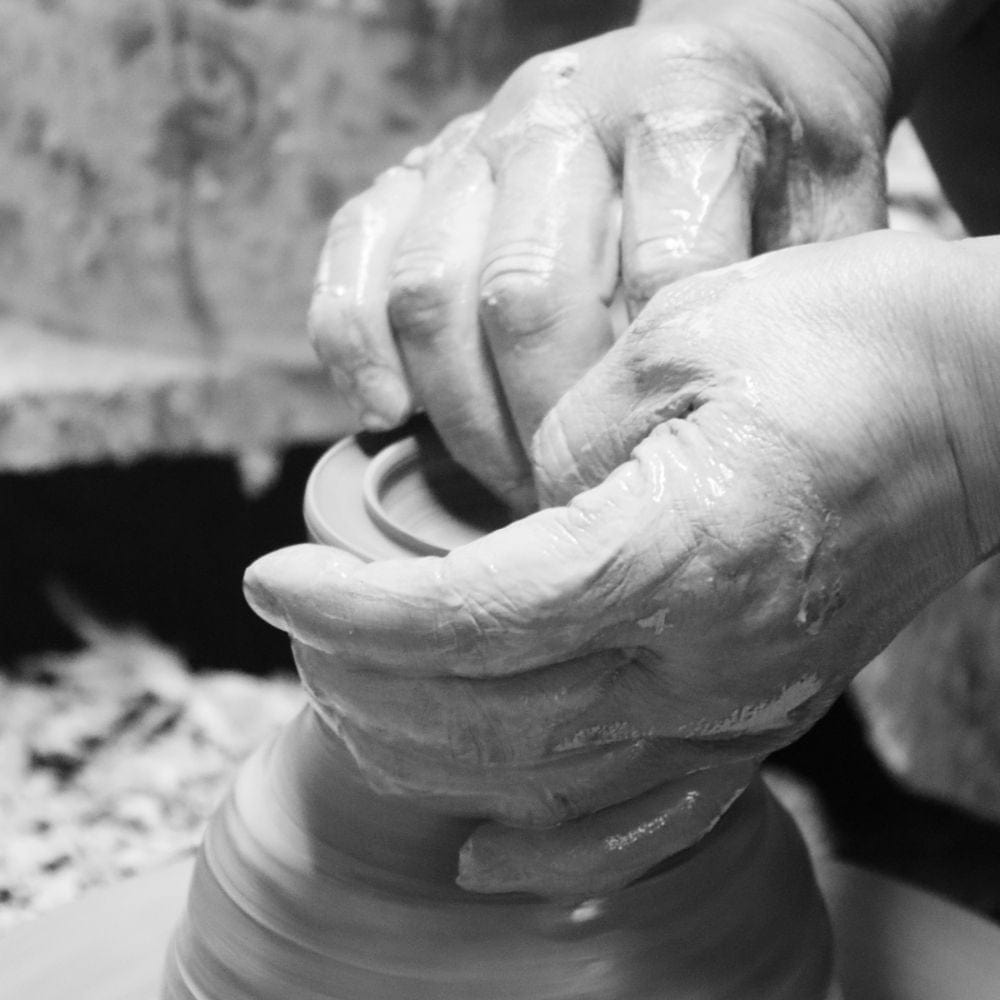
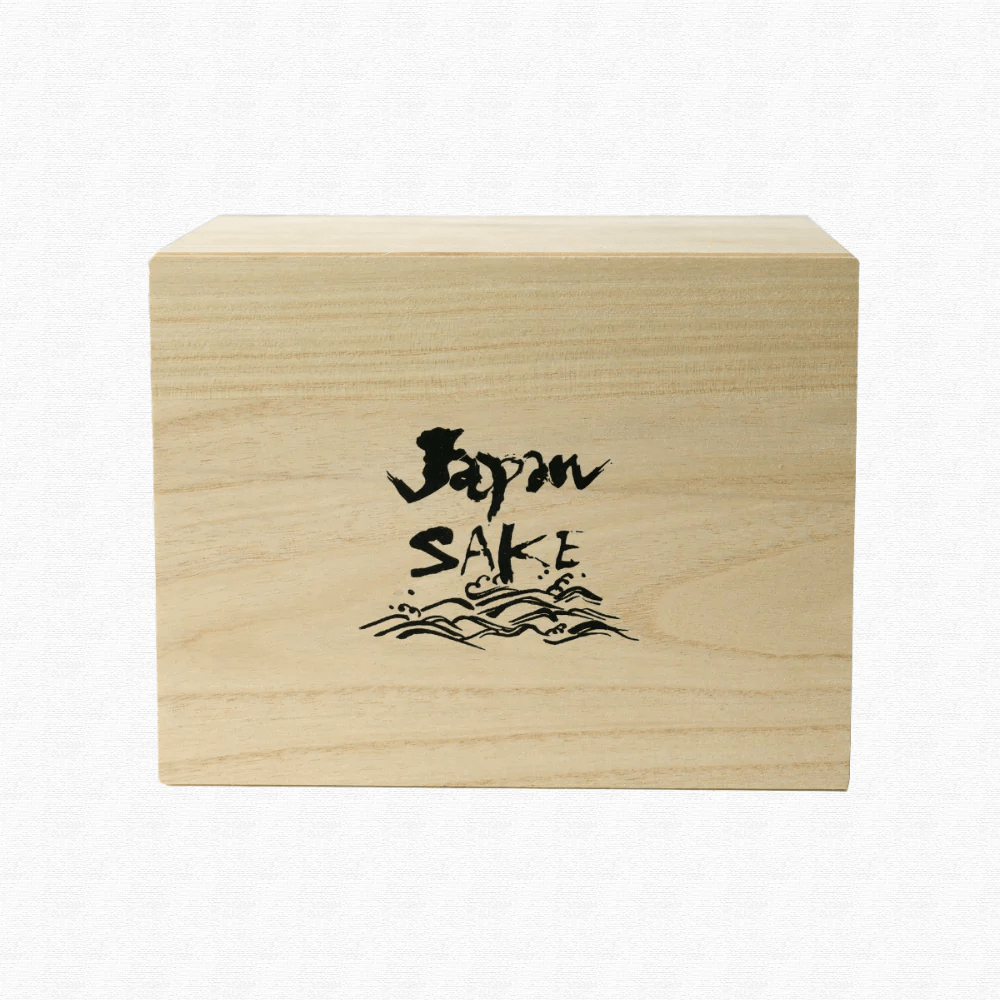
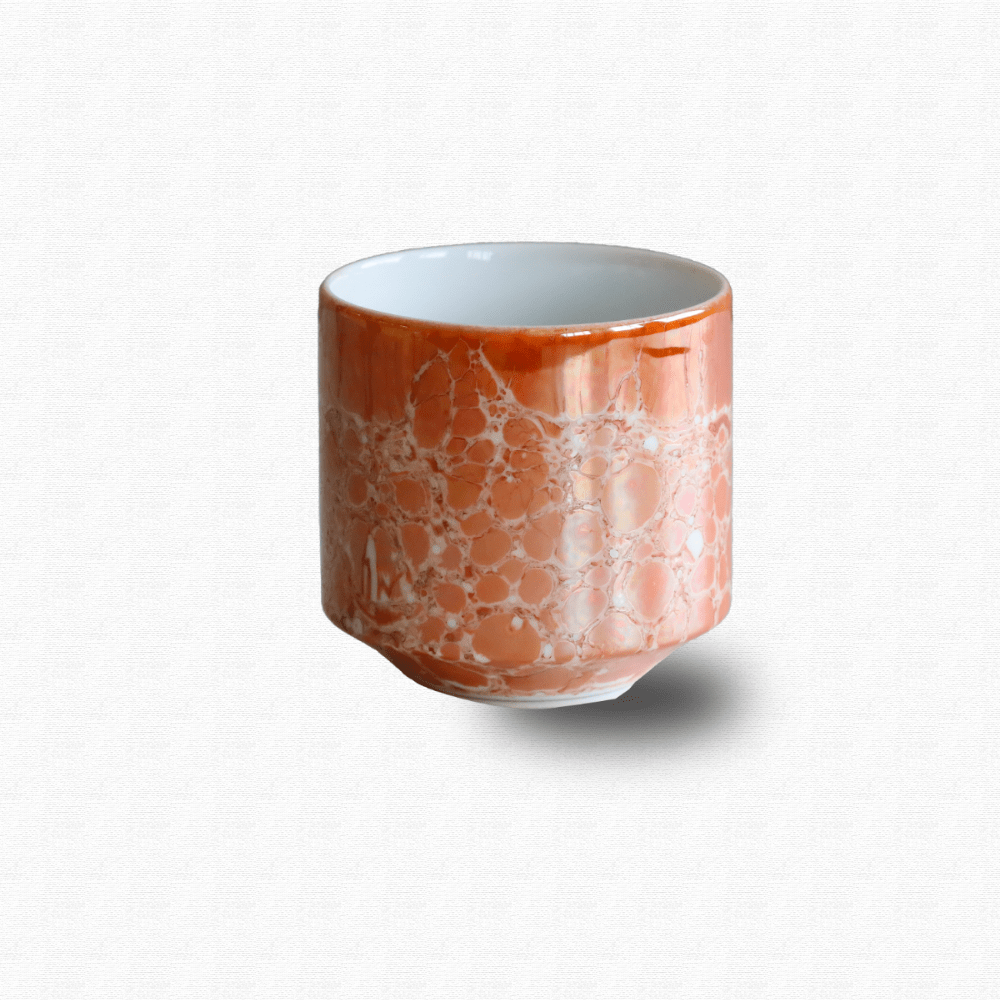
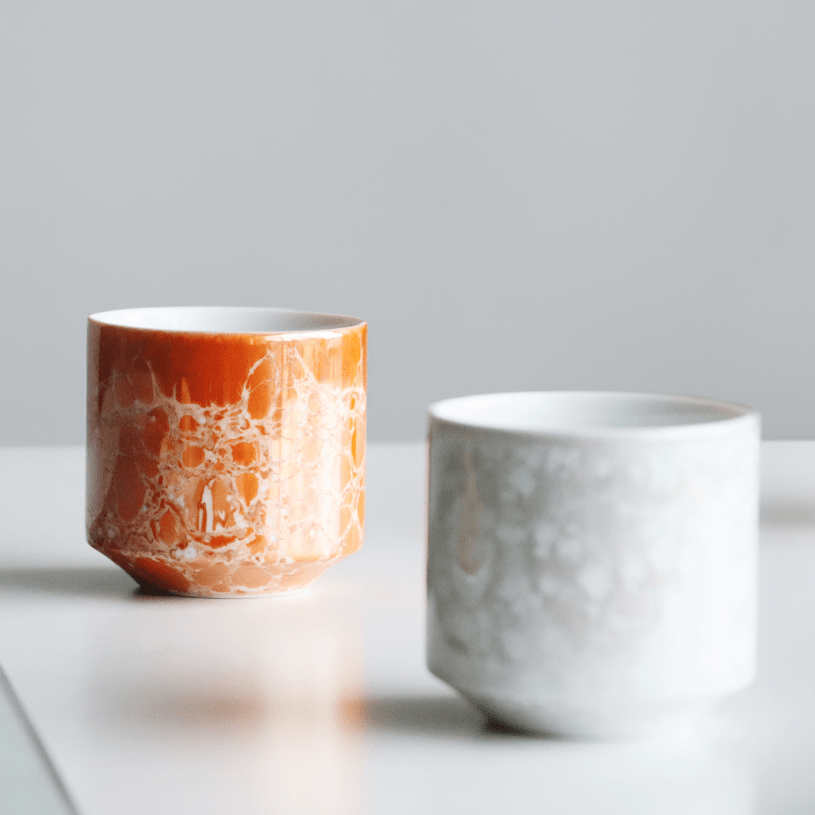
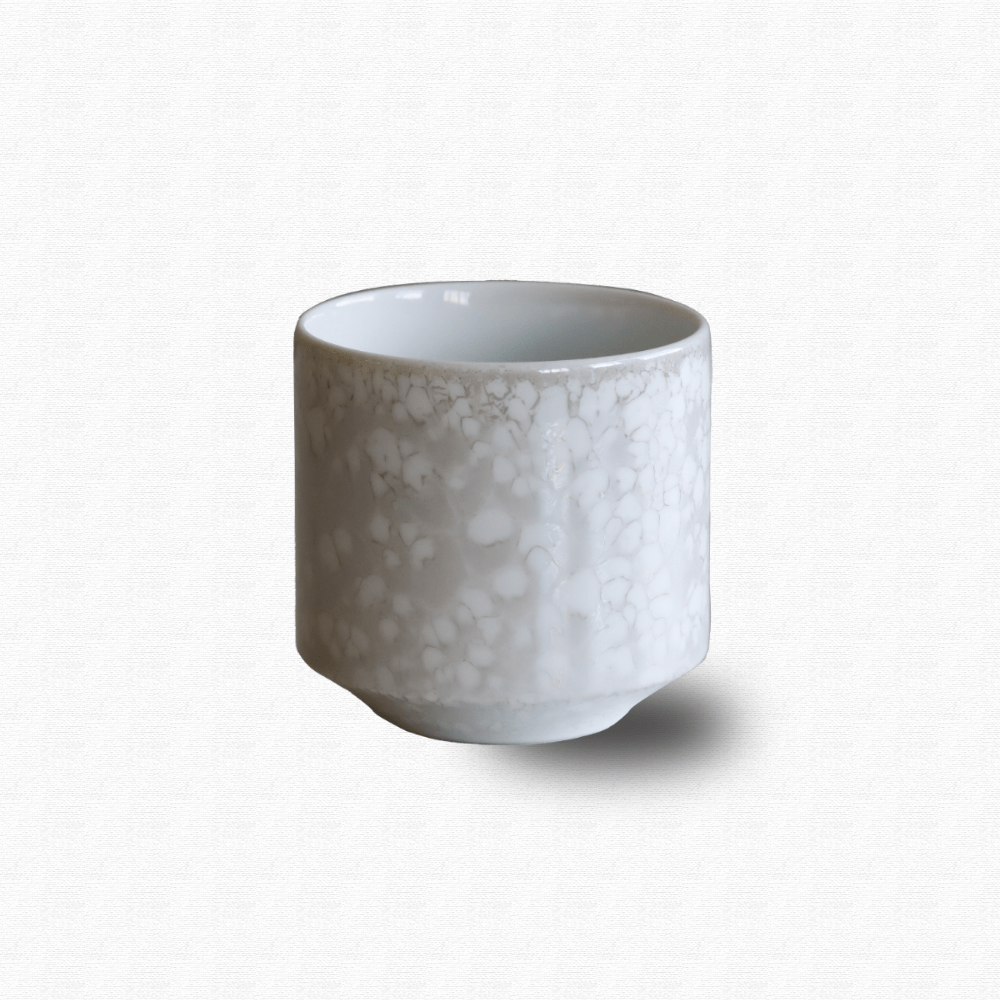
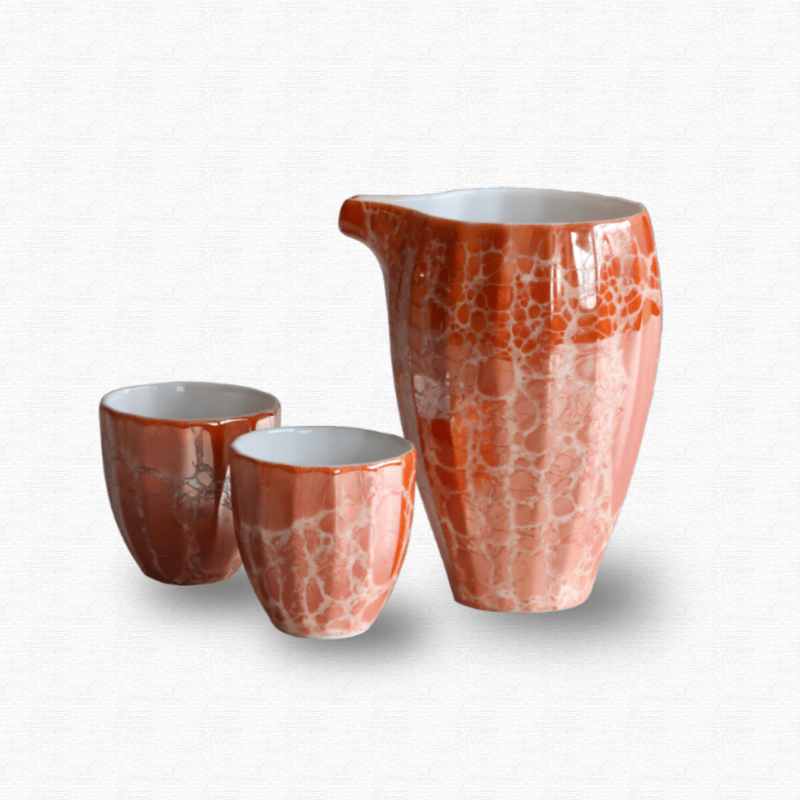
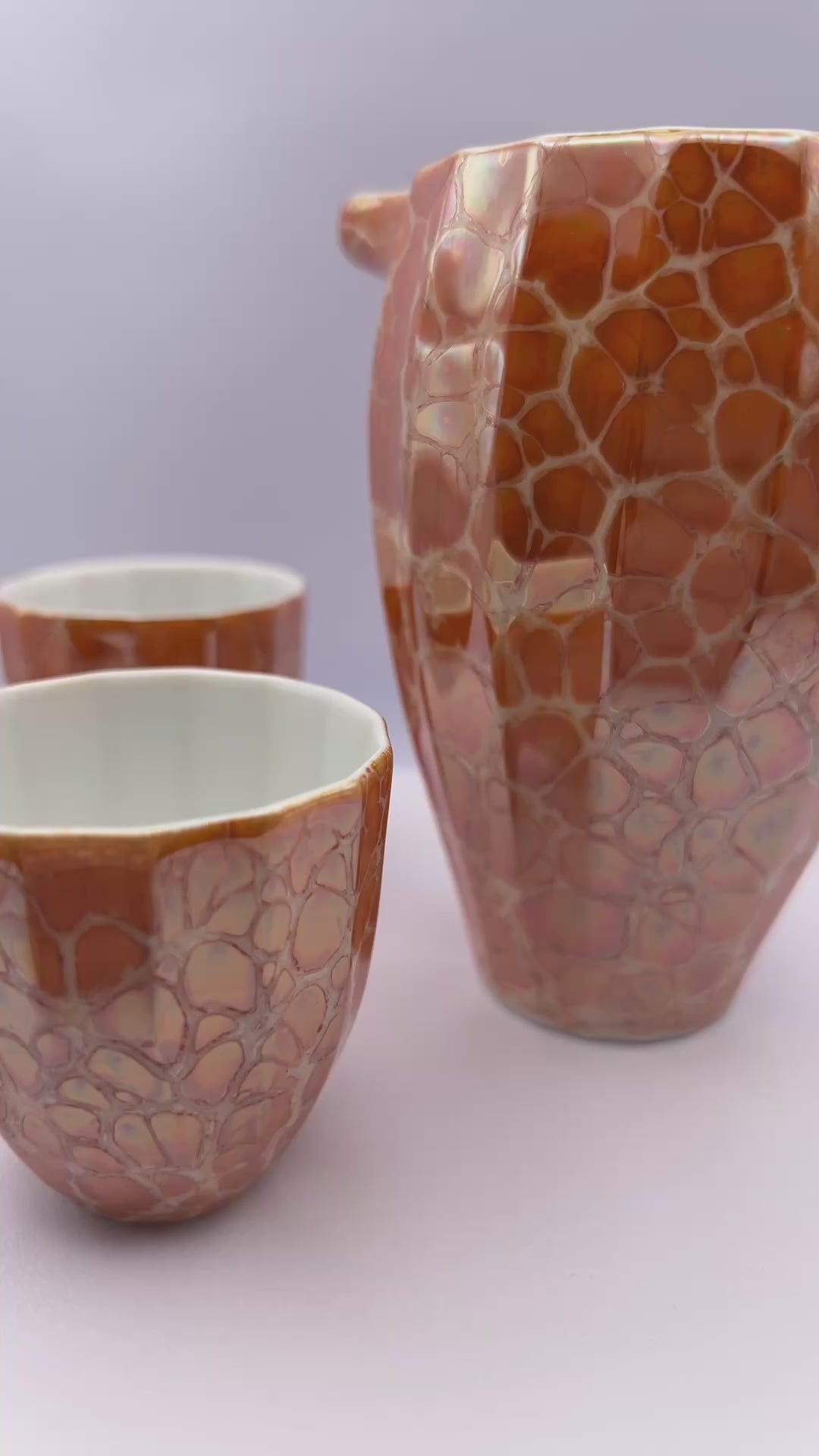


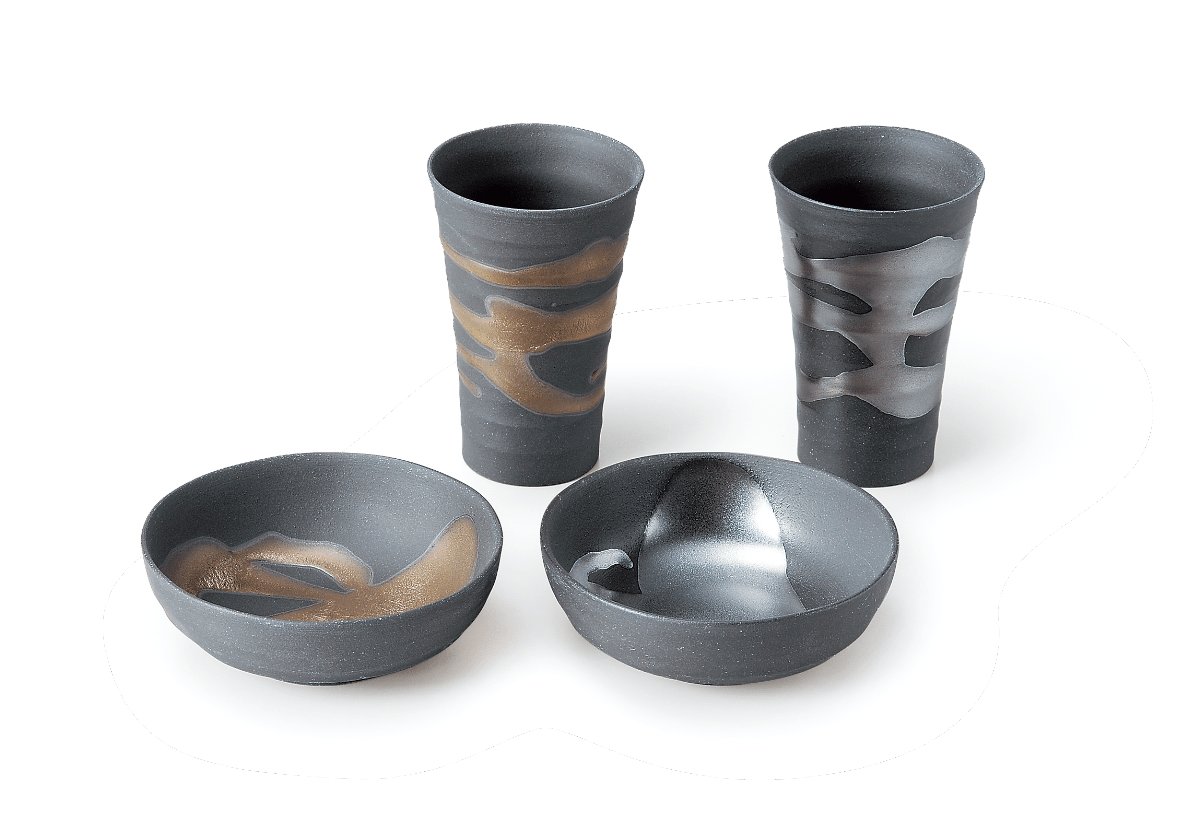
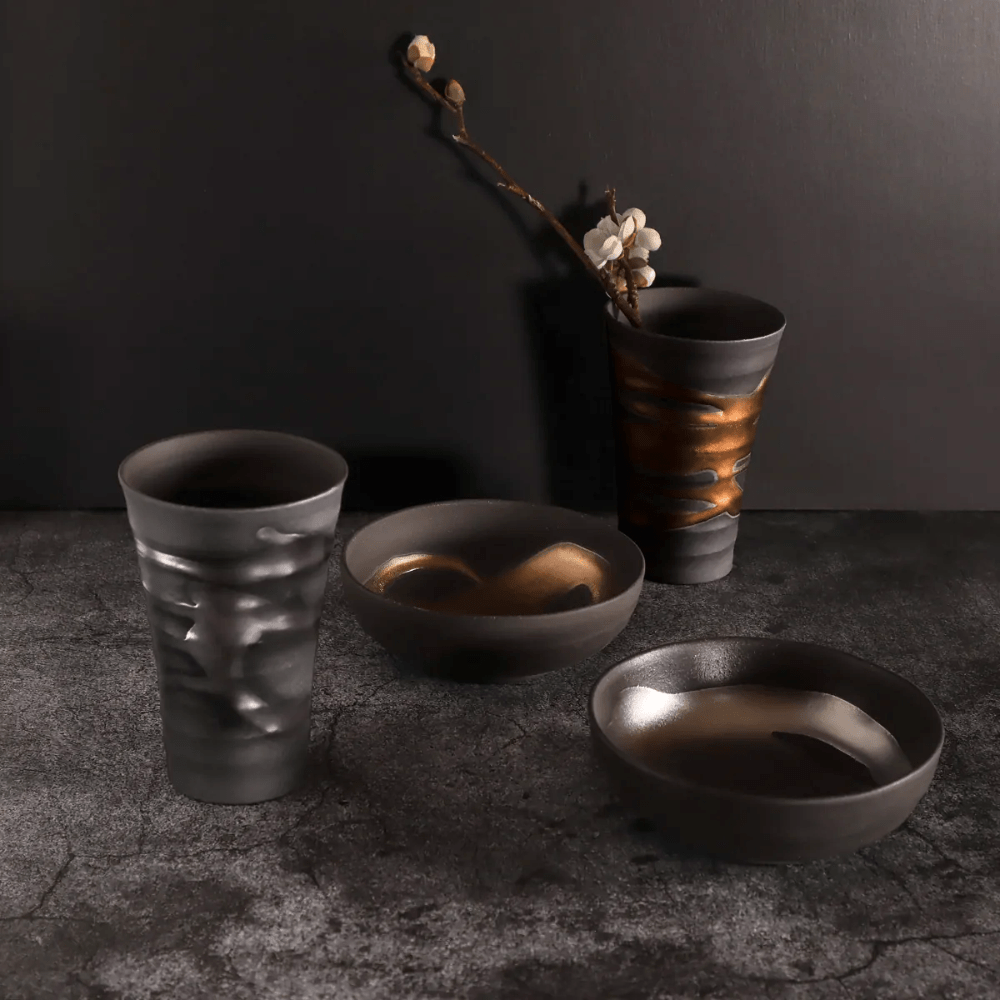
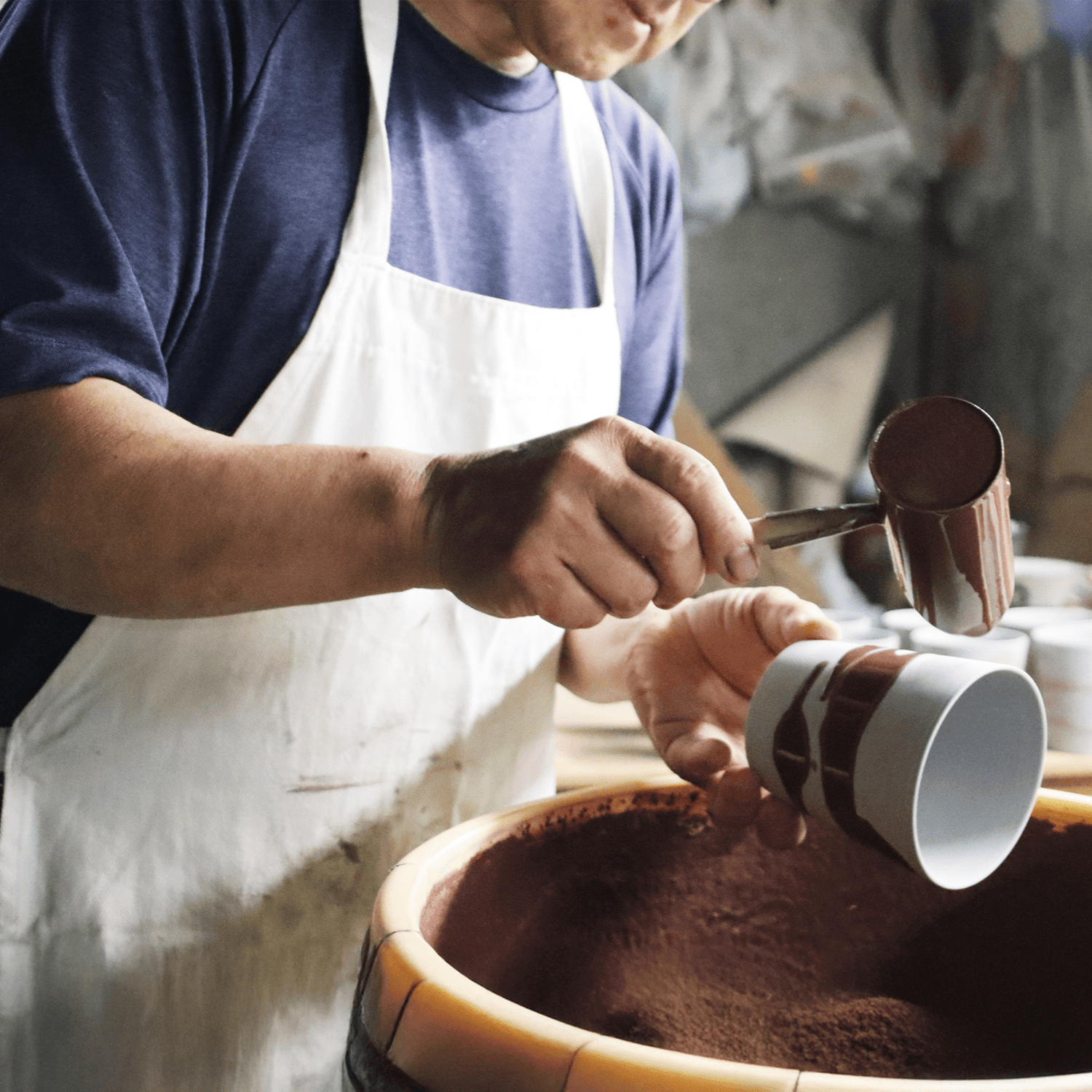
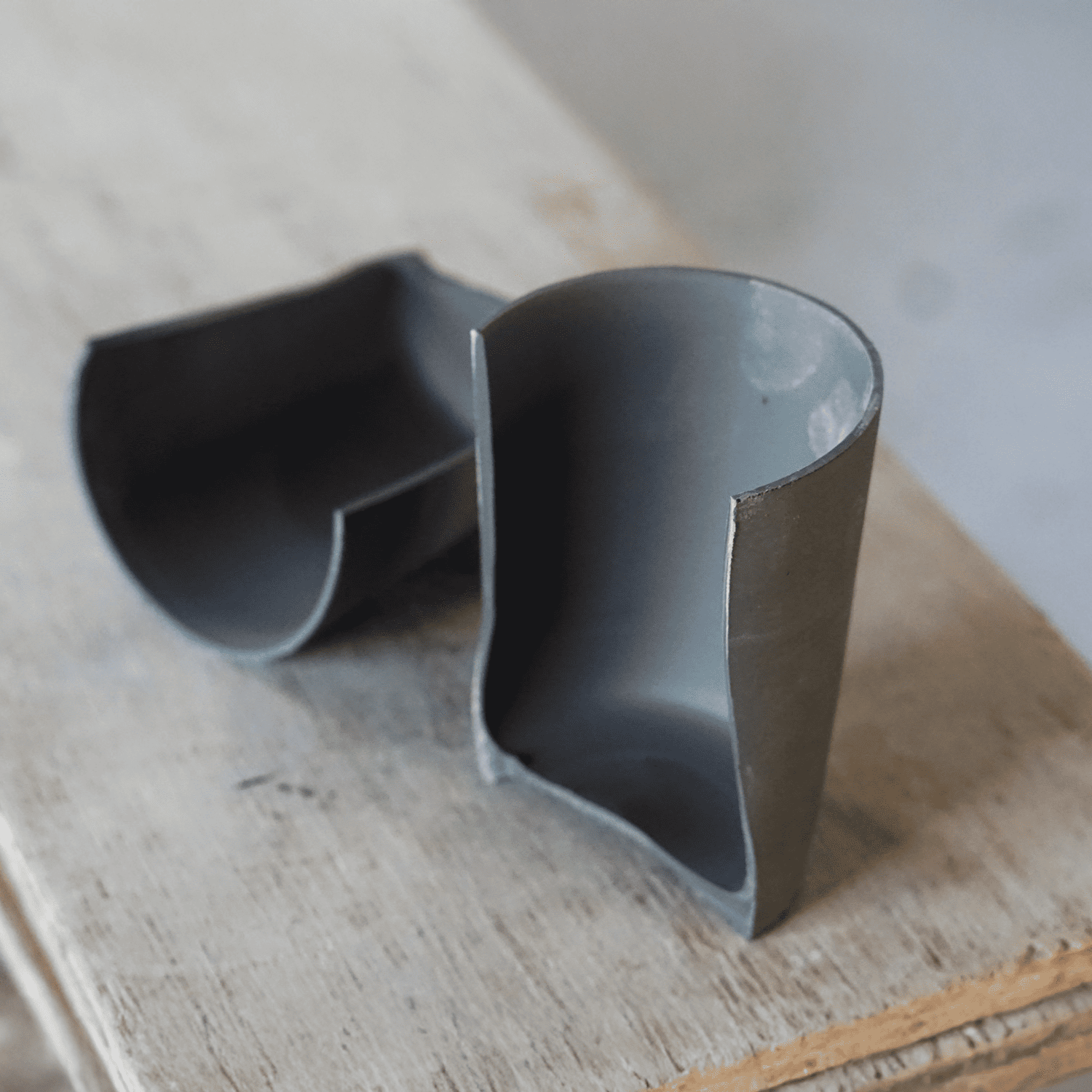
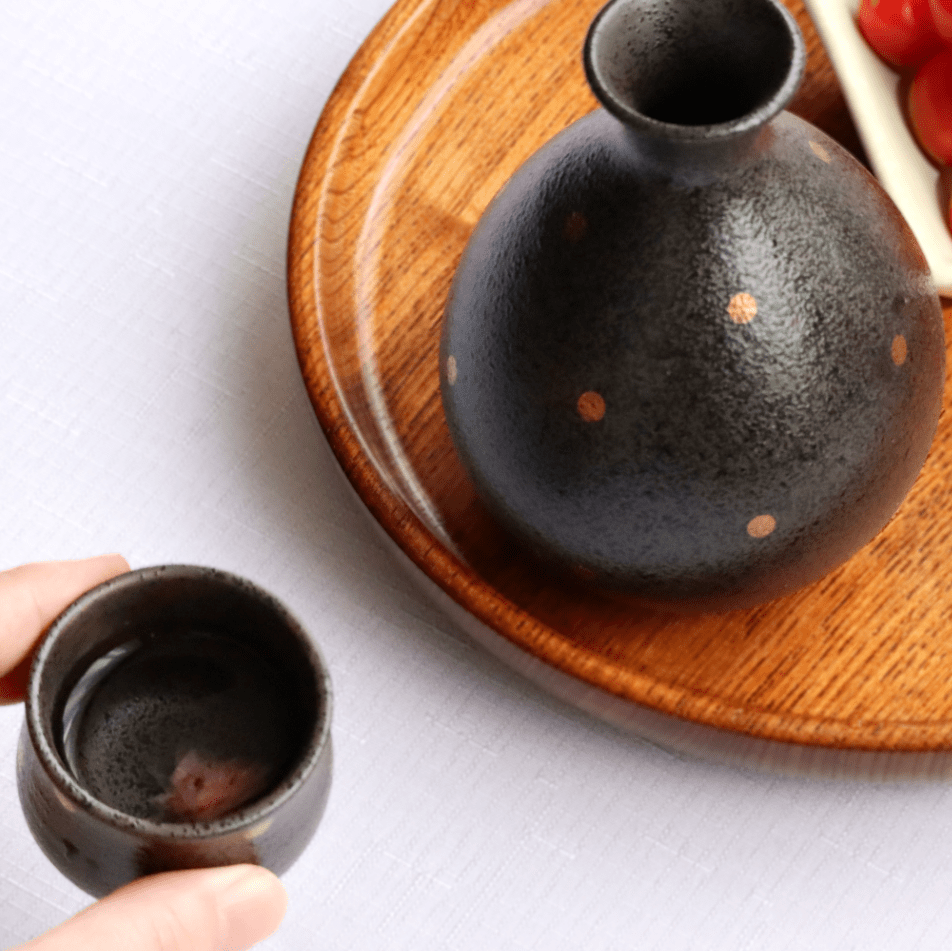
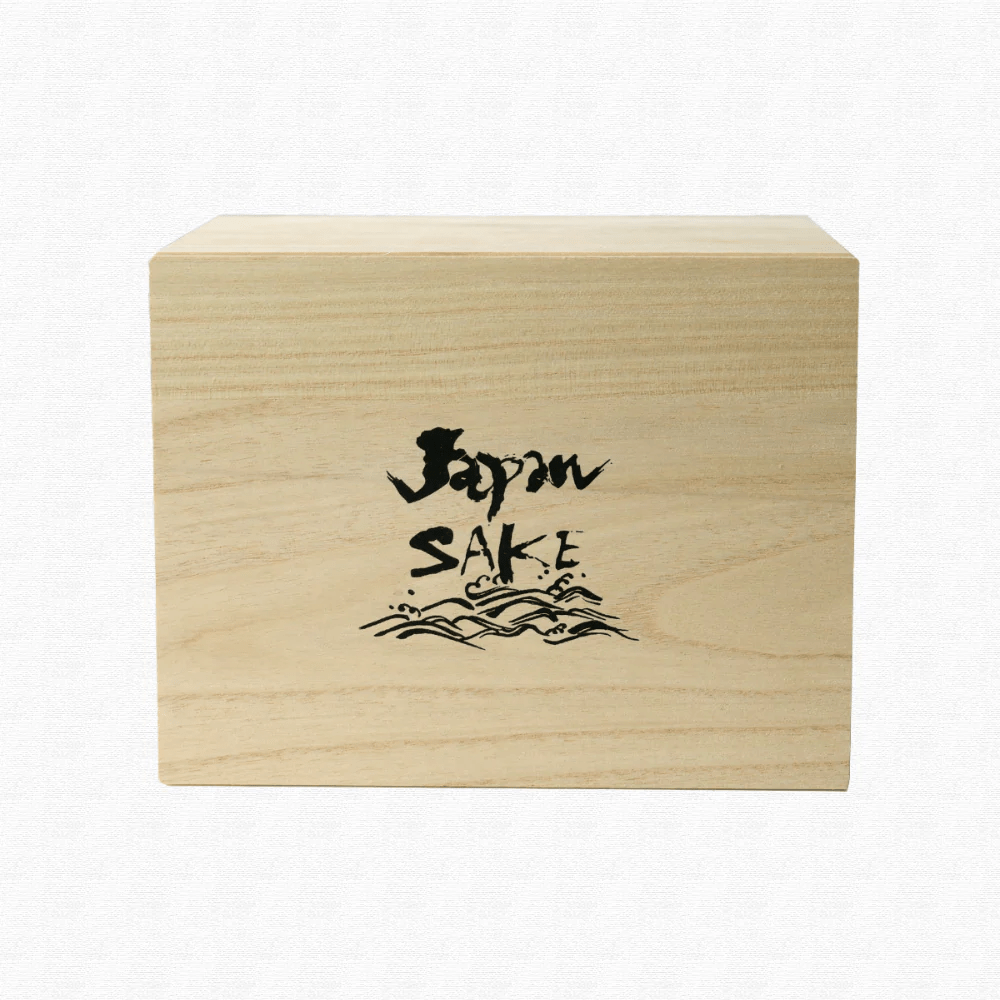

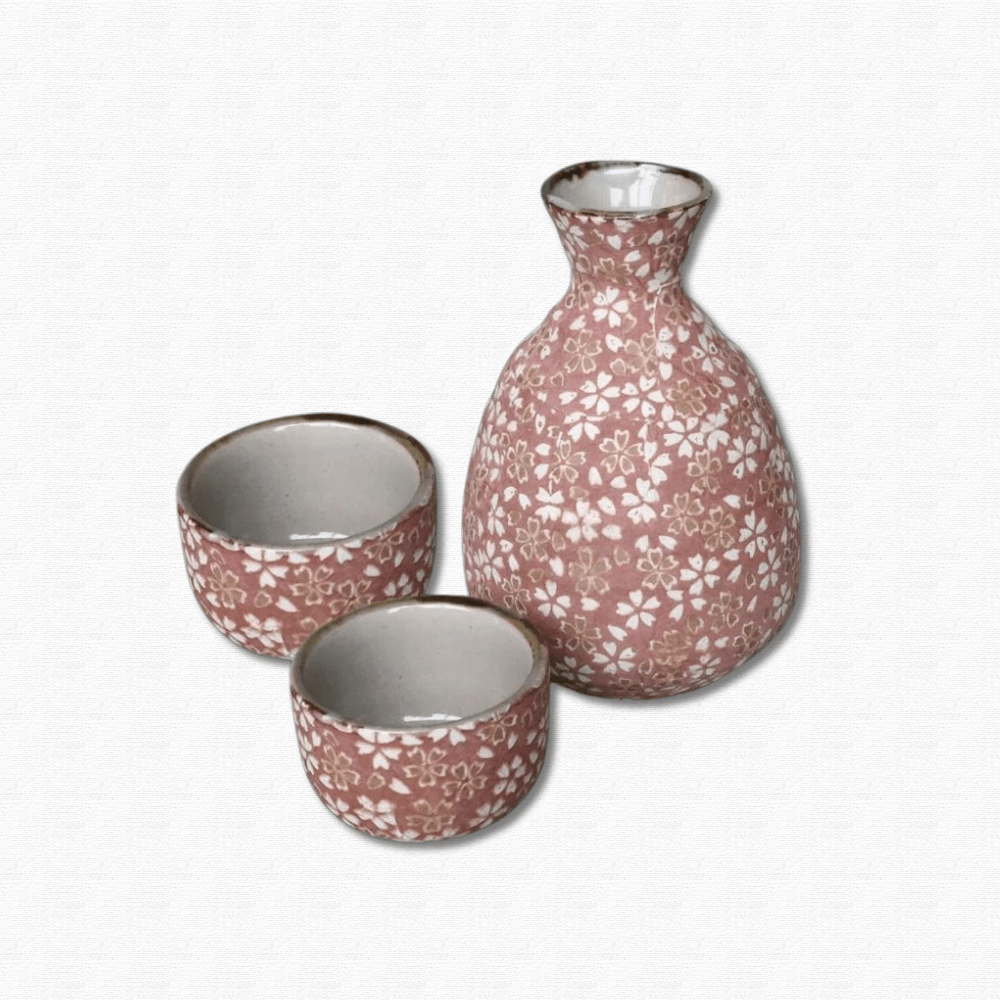
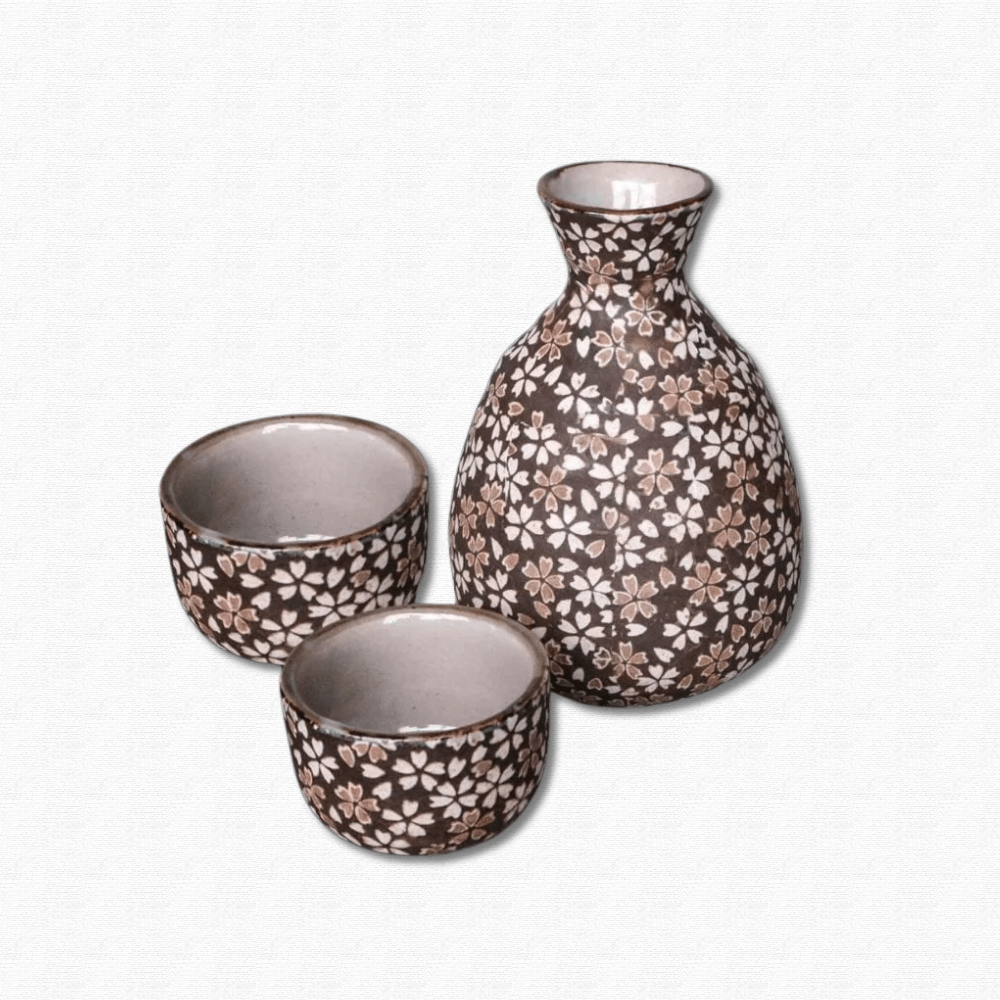
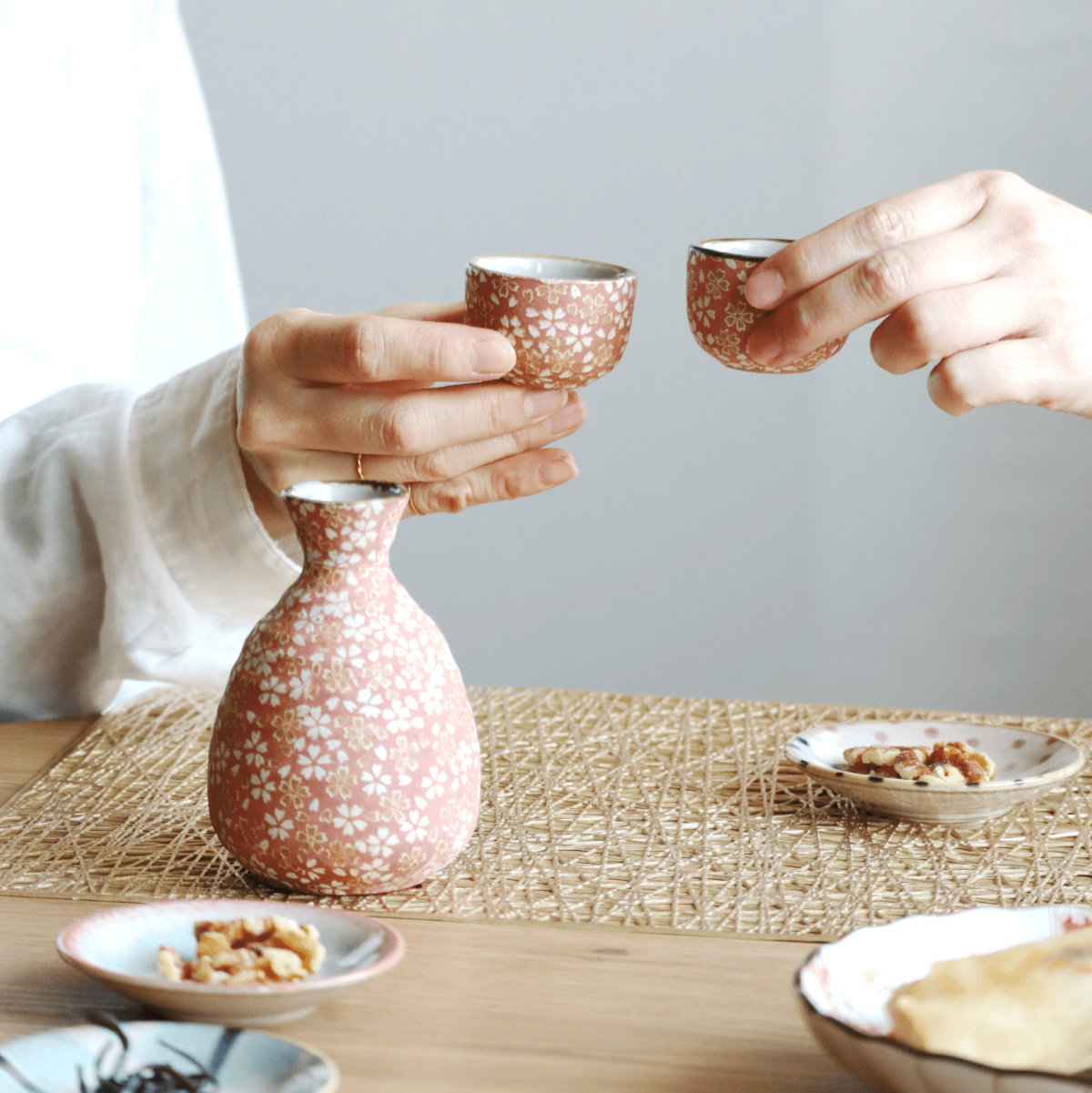
Share: